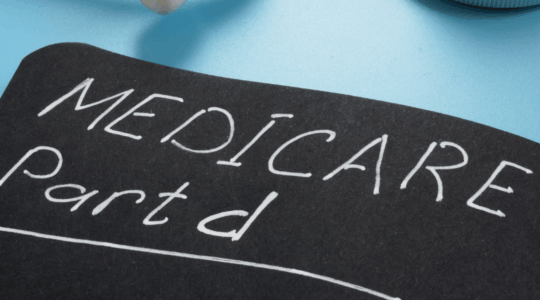Employee Benefits
8 Tips for Effective 2025 Open Enrollment Communication
Benefits can be complicated. Open enrollment is the most pivotal time to help employees understand them.
August 21, 2024
Now more than ever, employees are looking to their employers for guidance on navigating their available benefits and stretching their dollars further. Many of today’s workers want help understanding how much money to put aside for retirement, emergency savings and healthcare expenses. That means employers have an opportunity to shine by effectively communicating and guiding employees throughout the open enrollment process and even the rest of the year.
As the 2025 open enrollment season approaches, employers are poised to provide their employees with resources to help them better understand and be more confident when making benefits decisions. This post highlights eight communication tips for employers.
Communicating With Employees
Educating and informing employees about their benefits package is an integral part of open enrollment. However, a MetLife study reveals that nearly half (47%) of employees don’t fully understand their employee benefits. Effective communication is critical to educate and inform employees about new, returning or expanded benefits options.
Consider these eight communication tips:
1. Start early. Get the word out early about benefits offerings so employees have ample time to understand their benefits, consult with family members and determine their needs for the following year. There’s no such thing as communicating “too soon” about enrollment. Research shows that repetitive messaging and reminders increase the odds of an employee seeing enrollment information and understanding the upcoming benefit changes and how they work.
2. Develop key messaging. After solidifying benefits options, employers need to plan their communication strategies. The first step is determining key messaging, focusing on new or updated benefits offerings, and developing FAQs to address common concerns quickly.
3. Select a mix of appropriate channels. Just as many workplaces operate in a hybrid model, employee communications can be successful when done similarly. For example, digital channels can help distribute and house information virtually, allowing employees to access it when and where they need it. Chat functionality with benefits vendors can also be a helpful digital tool to assist employees in figuring out which benefits they need. Alternatively, there’s still a time and place for companywide on-site meetings and mail-to-home print communication. Postcards and other mailers are still relevant and can be a reminder to discuss and review benefits options at home. Every workplace is different, so it comes down to selecting various channels that are relevant and engaging to each organization’s specific employees.
4. Keep it simple. It’s vital to simplify any benefits information being shared. Employees don’t need to know everything, so employers should highlight what’s necessary to understand about the benefit and the information to help them decide if they need it. Links or attachments could explore the benefits further and offer the fine print.
5. Make it digestible. It’s crucial to catch employees’ attention and present the key message immediately before they lose interest. Traditional benefits booklets can be lengthy; instead, employers could deliver bite-sized information to employees through methods such as videos and emails. If all open enrollment information is given at once, it’s easy for employees to become overwhelmed and, ultimately, disengage with employer-provided information. Digestible communication makes it easy for employees to know what to focus on and take action.
6. Use real-world examples. When possible, employers can contextualize benefits offerings with real-world scenarios. Employees can relate to stories, so find ways to bring the options to life. For example, instead of describing telemedicine as a 24/7 benefit, highlight that an employee could get healthcare answers in the middle of the night when they or a child are running a high fever. The chances of employees needing to use healthcare benefits during the next year are highly likely, so help reiterate the importance of complete coverage.
7. Avoid jargon. To help make benefits easier to understand, avoid HR or benefits-related jargon. Additionally, many benefits are acronyms, so employers should help decode and explain the alphabet soup to employees.
8. Personalize communication. Ultimately, employers want to engage employees with open enrollment information, and a personalized approach can help. It’ll depend on the workforce and their working environments, but employers will likely need to segment their employee audience and tweak messaging so it resonates. For example, open enrollment methods and communication would look different for remote, on-site and non-wired employees.
Benefits can be complicated. Although open enrollment is the most pivotal time to highlight employee benefits, employers can educate employees throughout the year. Ongoing communication after open enrollment can help encourage employees to understand and utilize the benefits available to them.
Summary
Educating and informing employees about their benefits options is an important part of open enrollment. Effective employee communication is an ongoing process, but it comes down to helping employees feel well-informed about their benefits options and confident about their choices.
Reach out to us for additional open enrollment support, including employee communication resources.
Related Reading: Early Preparation Is Crucial for 2025 Open Enrollment
The above information does not constitute advice. Always contact your employee benefits broker or trusted advisor for insurance-related questions.


